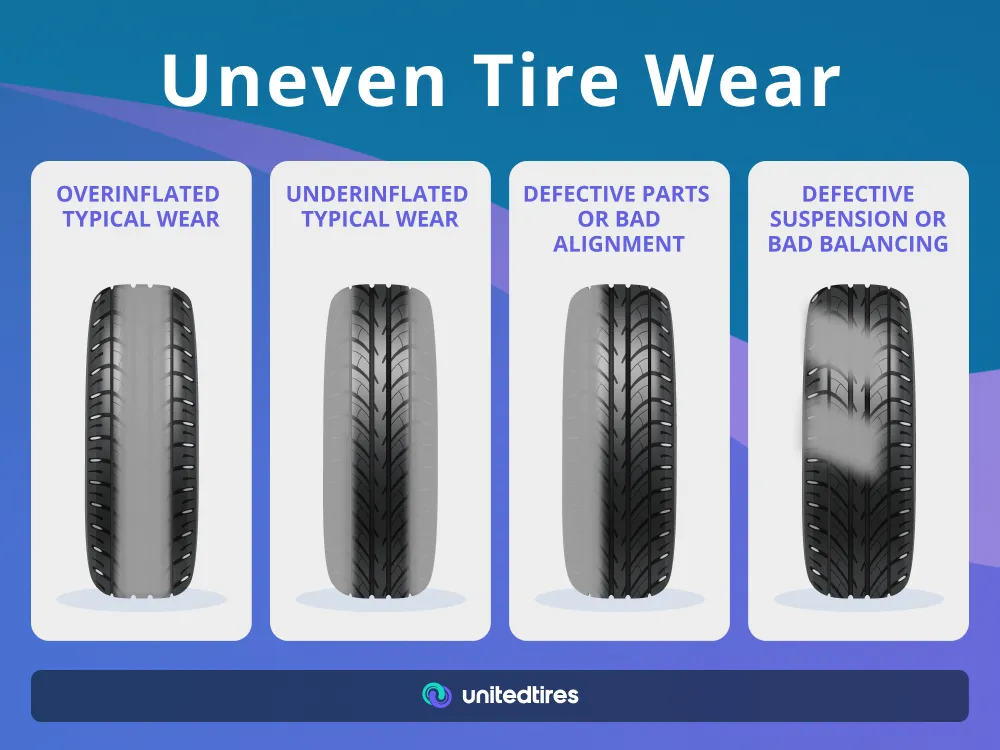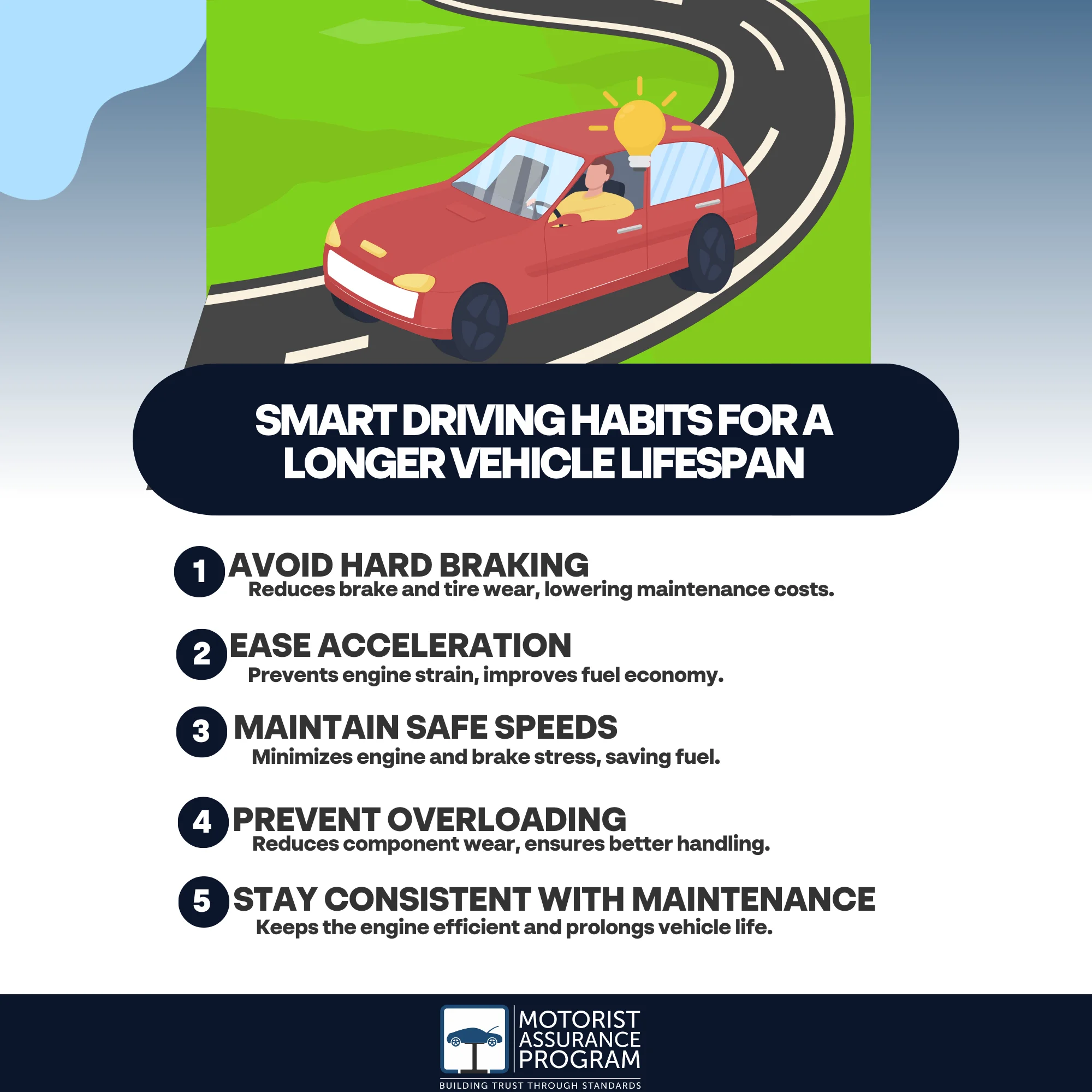

How to Extend the Life of Your Used Car
Purchasing a used car is a savvy financial move, offering excellent value and allowing you to access a wider range of makes and models than buying new. With the right care and attention, your pre-loved vehicle can continue to provide reliable transportation for many years to come, even in the diverse and sometimes challenging conditions of Australia. From the heat of Queensland summers to the dusty roads of the outback and the salty air near the coasts, Australian conditions can take a toll on vehicles.
This guide aims to equip you with actionable tips and proven strategies to maximise the lifespan of your used car and keep it running smoothly for longer on Australian roads. And if you’re on the hunt for your next set of wheels, explore the diverse options of used cars for sale in Brisbane and across Australia to find a quality vehicle that suits your needs and budget.
Master the Art of Regular Maintenance (Your Car’s Best Friend)
-
Follow the Service Schedule:
- Manufacturer’s Guidance: Your owner’s manual is the primary source for your vehicle’s specific maintenance needs and intervals. Adhering to this schedule ensures that critical components are inspected and serviced at the right times.
- Used Car Considerations: If your owner’s manual is unavailable, the general guidelines for used cars in Australia (minor service every 6-12 months or 10,000-15,000 km, major service every 2-3 years or 30,000-45,000 km) provide a good starting point. However, consider your driving conditions and the age of your vehicle – older cars or those driven frequently in harsh conditions might benefit from more frequent servicing.
- Record Keeping: Maintain a detailed record of all services performed, including dates, mileage, and what was done. This helps you track maintenance and can also be beneficial if you decide to sell the car in the future.
-
Don’t Skimp on Fluids:
- Engine Oil: Regular oil changes with the correct type and viscosity are crucial for engine lubrication and preventing wear. In Australia’s heat, using a high-quality oil suitable for higher temperatures is recommended. Check your oil level regularly and top up as needed between changes.
- Coolant: Maintaining the correct coolant level and mixture is vital for preventing overheating, especially in the Australian climate. A coolant flush and replacement every 2-5 years prevents corrosion and ensures optimal heat transfer.
- Brake Fluid: Brake fluid absorbs moisture over time, reducing its effectiveness and potentially causing corrosion. A brake fluid flush every 2 years is a crucial safety measure.
- Power Steering Fluid: Check the power steering fluid level regularly. Low levels can indicate leaks. While not always on a strict schedule, a fluid change can help maintain smooth steering operation, especially in older vehicles.
- Transmission Fluid (Automatic & Manual): Follow the manufacturer’s recommendations for transmission fluid checks and changes. This prevents slippage in automatics and ensures smooth gear changes in both types, extending the life of a potentially expensive component. Harsh driving or frequent stop-start traffic might warrant more frequent changes for automatic transmissions.
-
Filter Focus:
- Engine Air Filter: A clean air filter ensures the engine receives the proper amount of clean air for optimal combustion and fuel efficiency, particularly important in dusty environments. Inspect it regularly and replace it when it appears dirty.
- Cabin Air Filter: The cabin air filter cleans the air entering the passenger compartment, improving air quality and reducing allergens and pollutants, especially important in urban areas or if you have allergies. Replace it regularly (typically every 12 months or 20,000 km, or more often in heavily polluted areas) for a healthier and more pleasant driving experience.
-
Tyre TLC:
- Tyre Pressure: Check tyre pressure at least monthly and before long drives, adjusting for load and ambient temperatures (hot Australian weather can significantly affect tyre pressure). Underinflated tyres can lead to uneven wear, reduced fuel efficiency, and increased risk of blowouts. Overinflation can also cause uneven wear and a harsher ride.
- Tyre Rotation: Rotate your tyres according to the owner’s manual (or every 10,000-12,000 km) to promote even wear and maximise their lifespan.
- Wheel Alignment: Proper wheel alignment prevents uneven and premature tyre wear, improves handling, and enhances fuel efficiency. Get your alignment checked if you notice pulling to one side, uneven tyre wear, or after hitting a significant pothole.

-
Brake Checks:
- Visual Inspection: Regularly inspect brake pad thickness and the condition of the rotors (look for scoring or rust). Listen for any squealing, grinding, or clicking noises when braking.
- Fluid Level: Check the brake fluid level in the master cylinder. Low levels can indicate a leak in the system.
- Responsiveness: Pay attention to the feel of your brake pedal. A spongy or low pedal can indicate air in the system or other issues that need attention. Address any brake concerns immediately for your safety.
Smart Driving Habits (Gentle on Your Gears and More)
-
Smooth Operator:
- Acceleration and Braking: Gradual acceleration and smooth, controlled braking reduce stress on the engine, transmission, and brake components, leading to less wear and tear over time. Avoid sudden, jerky movements.
- Gear Changes: Engage gears smoothly and avoid rapid or forceful shifts, especially in manual transmissions. For automatics, avoid abrupt changes between drive, reverse, and park while the vehicle is still moving.
-
Respect the Engine:
- Warm-Up: Allow your engine a short time to warm up after starting, especially on cooler mornings. This allows the oil to circulate properly and reach optimal operating temperature, providing adequate lubrication before putting the engine under load.
- Cool-Down (Turbocharged Engines): If your used car has a turbocharged engine, allow it to idle for a short period after a long or hard drive, especially in hot conditions. This helps the turbocharger cool down properly, preventing oil coking and extending its lifespan.
-
Reduce Idling:
- Fuel Efficiency: Excessive idling wastes fuel, which is particularly relevant with fluctuating fuel prices in Australia.
- Engine Wear: Prolonged idling can also contribute to engine wear as the engine is running without the optimal airflow and combustion efficiency of being in motion. Turn off the engine if you anticipate being stopped for more than a minute, especially in traffic.
-
Be Kind to the Suspension:
- Pothole Awareness: Be vigilant for potholes and rough road surfaces, which can be encountered on both urban and rural Australian roads. Try to avoid them or slow down significantly when traversing them to minimise the impact on your shocks, struts, springs, and tyres.
- Speed Bumps: Approach speed bumps slowly and carefully to prevent damage to the undercarriage and suspension components.
- Load Management: Avoid overloading your vehicle beyond its recommended capacity, as this puts excessive strain on the suspension system, tyres, and brakes, especially on long road trips.

Protecting Your Investment from the Elements
-
Regular Washing: Wash your car regularly to remove dust, dirt, road grime, and salt (especially if driving near coastal areas). Be mindful of bird droppings and tree sap, which can also damage paint if left for extended periods, particularly under the strong Australian sun.
-
Waxing/Paint Protection: Apply wax or paint sealant to protect the paint from the harsh Australian sun’s UV rays, which can cause fading and oxidation. This also helps create a barrier against pollutants and makes washing easier. Consider ceramic coatings for even longer-lasting and more robust protection.
-
Consider Rust Protection: While modern cars have improved rustproofing, if you live in areas with high humidity or near the coast, consider additional rustproofing treatments, especially for older vehicles. Also, be mindful of driving on unsealed or gravel roads, which can chip paint and expose metal to the elements.
-
Park Smart: When possible, park in shaded areas to protect the interior (dashboard, seats, trim) from cracking and fading due to the intense Australian sun. Use a sunshade for the windscreen and consider window tinting (within legal limits) to further reduce heat buildup inside the cabin.
Addressing Issues Promptly (Small Problems, Big Savings)
-
Don’t Ignore Warning Lights: Investigate any dashboard warning lights immediately. Whether it’s the check engine light, oil pressure light, or ABS warning, they often indicate a problem that can become more serious and costly if left unaddressed. Early diagnosis by a qualified mechanic is key.
-
Listen to Your Car: Pay attention to unusual noises (squealing brakes, knocking engine sounds, hissing from the cooling system), vibrations, or changes in performance (loss of power, rough idling, unusual smells like burning oil or hot coolant). These are early indicators that something might be wrong.
-
Seek Professional Help: Don’t hesitate to consult a trusted local mechanic for any concerns or when scheduled maintenance is due. Regular professional check-ups can identify potential problems before they become major issues and ensure your car is running safely and efficiently in Australian conditions.
The Importance of Quality Parts and Fluids (Investing Wisely)
-
Choose Wisely:
- OEM vs. Aftermarket: Original Equipment Manufacturer (OEM) parts are made by the same company that manufactured your car, ensuring a precise fit and function. While often more expensive, they are designed for your specific vehicle. High-quality aftermarket brands can also be reliable and sometimes offer improvements or cost savings, but research and choose reputable suppliers. Avoid extremely cheap, unbranded parts, as they may have a shorter lifespan and could potentially damage other components.
- Fluid Specifications: Always adhere to the manufacturer’s specifications for engine oil (viscosity, API rating), coolant (type, concentration), brake fluid (DOT rating), power steering fluid, and transmission fluid. Using the wrong fluids can lead to reduced performance, increased wear, and even component failure. For example, using the wrong transmission fluid can cause slippage and damage the transmission.
- Long-Term Savings: Investing in quality parts and fluids might have a higher upfront cost, but it can lead to significant long-term savings by reducing the likelihood of premature failures, improving fuel efficiency, and extending the overall lifespan of your used car.
-
Correct Fuel:
- Octane Rating: Using the recommended octane rating ensures optimal engine performance and prevents knocking or pinging, which can damage the engine over time. Refer to your owner’s manual for the correct octane requirement. Higher octane fuel is generally not beneficial unless your car specifically requires it.
- Fuel Quality: Where possible, try to use fuel from reputable service stations to minimise the risk of contaminants entering your fuel system, which can clog fuel filters and injectors.
Keeping it Clean Inside and Out (Comfort and Preservation)
-
Interior Care:
- Vacuuming: Regularly vacuum carpets, upholstery, and crevices to remove dust, dirt, sand (especially after trips to the beach), and food particles. These can be abrasive and cause wear on fabrics and plastics.
- Surface Cleaning: Use appropriate cleaning products for different interior surfaces (vinyl, plastic, leather). Avoid harsh chemicals that can cause discolouration or damage. Regularly wipe down dashboards and door panels to prevent dust build-up and protect them from UV damage.
- Odour Control: Address spills and stains promptly to prevent lingering odours. Consider using air fresheners or odour eliminators to maintain a pleasant interior environment, especially important in a climate that can promote mould and mildew growth.
-
Protect Upholstery:
- Seat Cover Types: Choose seat covers that are durable and suitable for the Australian climate. Options include fabric, vinyl, and leatherette. Consider waterproof or stain-resistant covers if you frequently transport children or pets.
- UV Protection: Even if you don’t use seat covers, consider using UV protectants on vinyl and leather upholstery to prevent cracking and fading from the intense Australian sun.
Maintain Good Records (Your Car’s History)
-
Keep a Service Log:
- What to Include: Record the date of each service, the mileage, the name and contact details of the mechanic or service centre, a detailed description of the work performed (including parts replaced and fluids used), and keep copies of invoices or receipts.
- Organisation: Keep your service log organised, either in a physical notebook or digitally (e.g., a spreadsheet or a dedicated car maintenance app).
- Benefits Beyond Tracking: A comprehensive service history demonstrates to potential buyers that the car has been well-maintained, which can increase its appeal and resale value. It can also be helpful when dealing with warranty claims (if applicable) or when diagnosing future issues, as it provides a timeline of previous maintenance and repairs.
Conclusion: A Little Care Goes a Long Way
Extending the life of your used car in Australia is entirely achievable with a proactive and consistent approach to maintenance and care. By adopting the tips outlined in this guide, from regular servicing and fluid checks to smart driving habits and protection from the elements, you can ensure reliable motoring for many years to come. Remember that a little effort invested in your used car now can save you significant time, money, and stress down the track. For ongoing support and expert advice, be sure to find a reputable and trustworthy local mechanic who can provide regular servicing and help you keep your vehicle in top condition for the Australian roads ahead.
Your Next Reliable Ride: Explore Alpha Autos’ Quality Used Car Selection
Ready for your next dependable vehicle? Alpha Autos offers an extensive range of quality used cars across Australia. We carefully select and inspect each vehicle to ensure it meets our standards for reliability and performance, providing you with a trustworthy option for your motoring needs. Whether you’re after a fuel-efficient city runabout or a sturdy family vehicle, our diverse inventory has something to suit various lifestyles and budgets. Browse our current stock online or visit an Alpha Autos dealership location to find your perfect match and experience a hassle-free car buying journey!
Categories
- Auto Detailing (2)
- Car Buying Guide (14)
- Car Financing (1)
- Car Maintenance (2)
- Car News (2)
- Used Cars For Sale (1)
Recent Posts
Related posts





